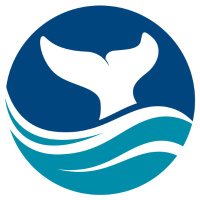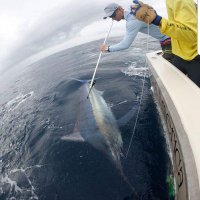
Ryan Logan, PhD
@rklogan
Postdoctoral fellow @CSULBSharkLab. Interested in large shark and fish movement, behavior, ecology and conservation.
ID: 2227211908
https://www.csulb.edu/shark-lab 15-12-2013 15:08:36
685 Tweet
631 Followers
710 Following

Thanks to IFLScience for picking up our story about a #sailfish hunting! Link to the publication is in the article. Sarah Luongo, PhD Jeremy Vaudo Guy Harvey Research Institute Nova Southeastern U. Guy Harvey Foundation Tropic Star Lodge iflscience.com/watch-footage-…


To determine why #silkysharks are heavily traded, researchers @SaveOurSeas Shark Research Center & Guy Harvey Research Institute in Florida, U.S., & Charles Darwin Foundation-Fundación Charles Darwin in the Galápagos Islands, Ecuador, with support from #GNPDirectorate, followed 47 silkies with satellite trackers. news.mongabay.com/2023/04/maps-o…

🚨🚨New paper out today in Journal of Animal Ecology! We used #biologging tags to look at the foraging behavior of #marlin and #sailfish above the world's largest #OxygenMinimumZone. Spoiler alert: they use the hypoxic boundary to their advantage while hunting. tinyurl.com/5n9b2n4e
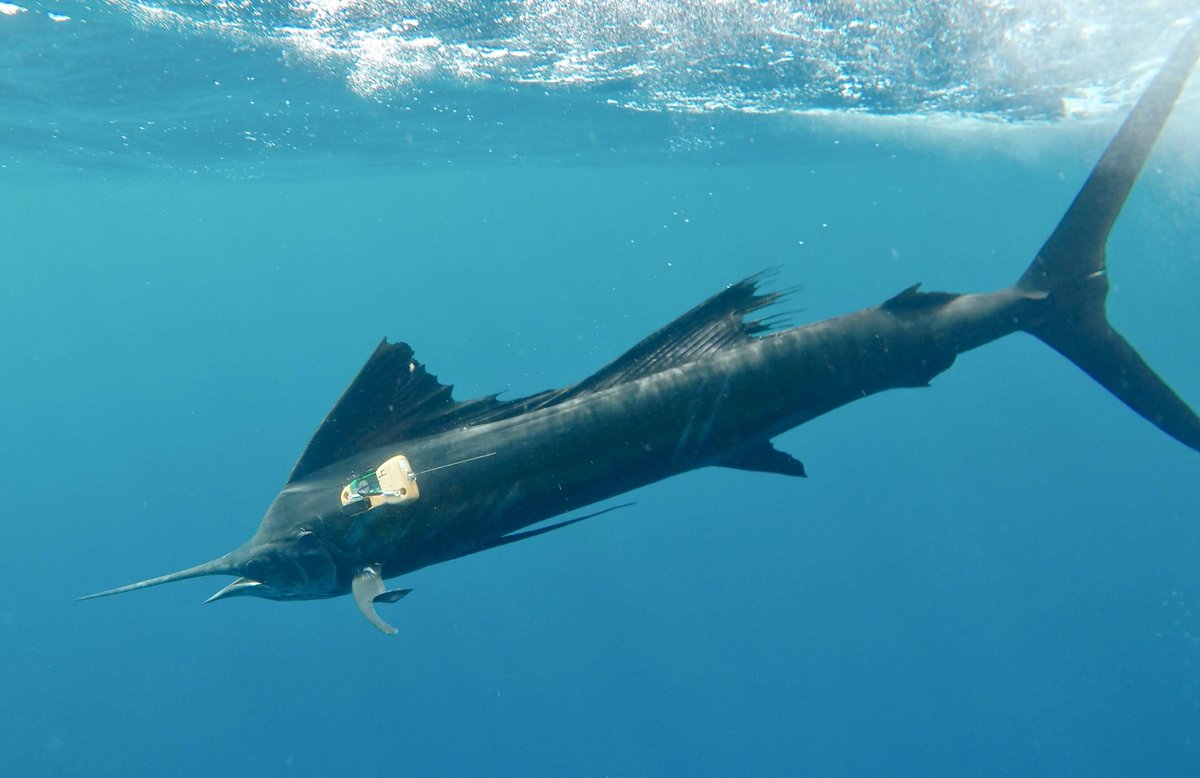

Published! Combining animal-borne sensors and video, Ryan Logan, PhD et al. provide insights into the use of vertical fronts for hunting by marine predators, suggesting that they exploit the hypoxic boundary created by the world's largest oxygen minimum zone. 👇 doi.org/10.1111/1365-2…
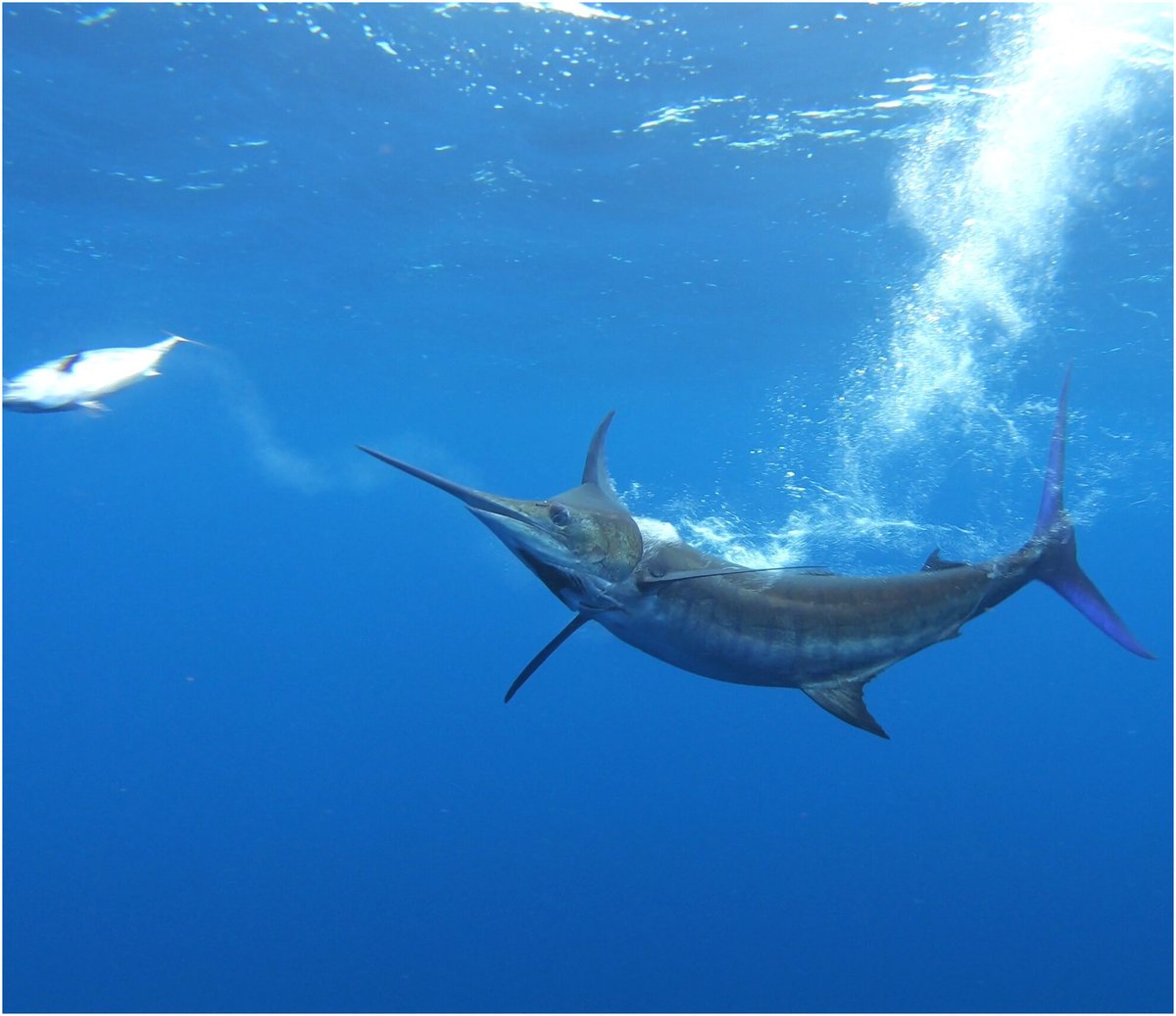

New publication by Ryan Logan, PhD where the researchers applied high-resolution biologging data to study how marlin and sailfish in the pelagic ecosystem exploit the vertical fronts created by the oxygen minimum zone of the eastern tropical Pacific.

In case you missed our new paper (tinyurl.com/5n9b2n4e), check out this blog post I wrote for Journal of Animal Ecology for a quick and easy-to-read explanation of the study! 🐟🫧🌎
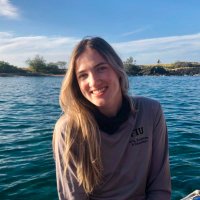
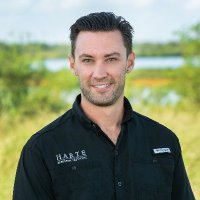
The Movement Ecology Lab at Texas A&M-Corpus Christi is recruiting a PhD student for Spring Semester 2024! Start date is Jan. 16. Please complete the form by Aug. 18 using the link forms.gle/9QNENXFiUYbWv3… or QR code below. Please RT! Elasmobranch Society American Fisheries Society TAMU-CC Admissions

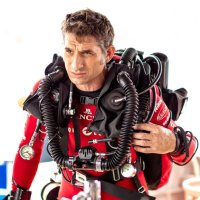
New paper lead by recent Predator Ecology & Conservation Lab graduate Sarah Luongo, PhD. We use energetics and telemetry to estimate consumption rates of Nassau grouper. The proportion of prey consumed varies by habitat on coral reefs and may increase 24% with future climate scenarios. esajournals.onlinelibrary.wiley.com/doi/10.1002/ec…
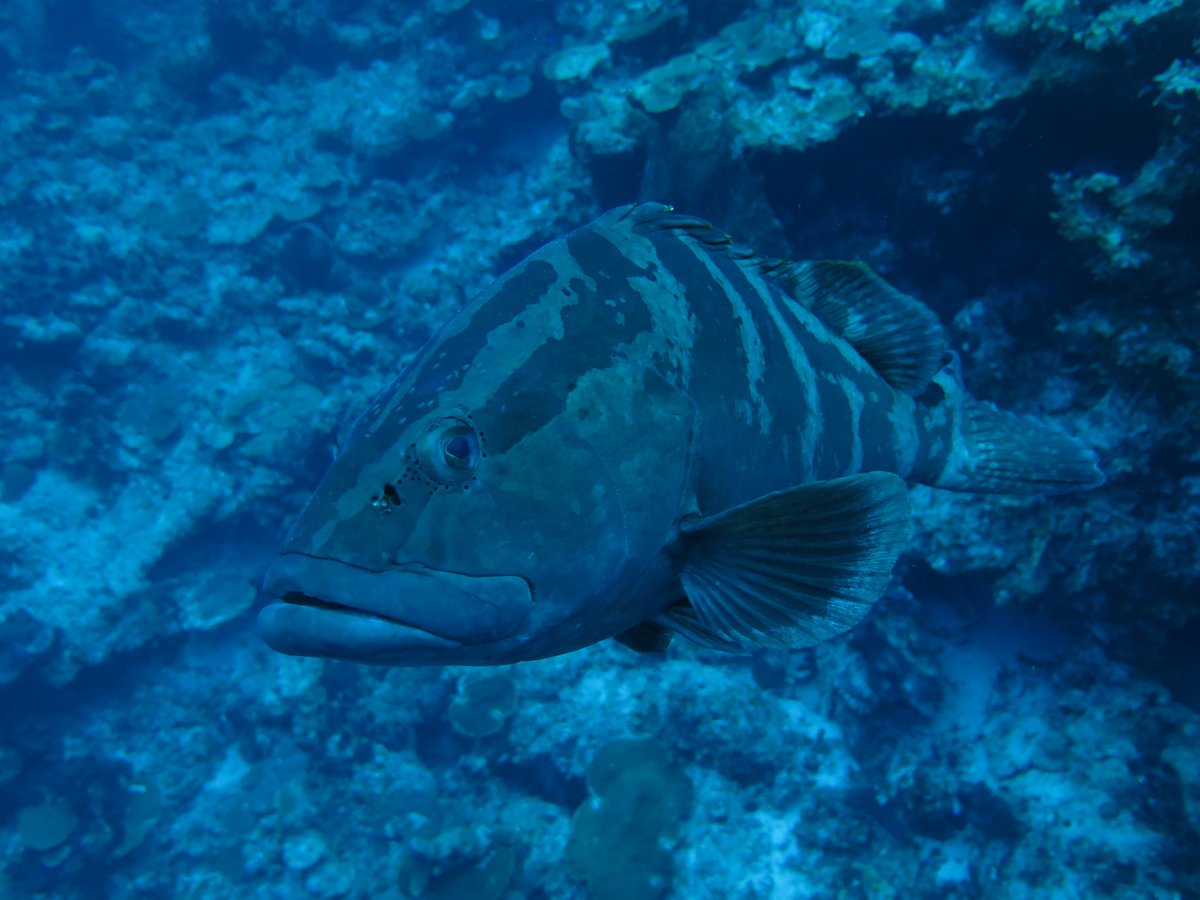

Do #fish swimming in a #school actually save energy? A🧵on this as our paper in eLife - the journal elifesciences.org/articles/90352 by Yangfan Zhang addresses this question. This is a challenging issue to study: energy use by a school should be compared to solitary locomotion

